Home>Gardening & Outdoor>Plant Care & Gardening Tips>Where Is The Three-Seeded Mercury Plant Native To
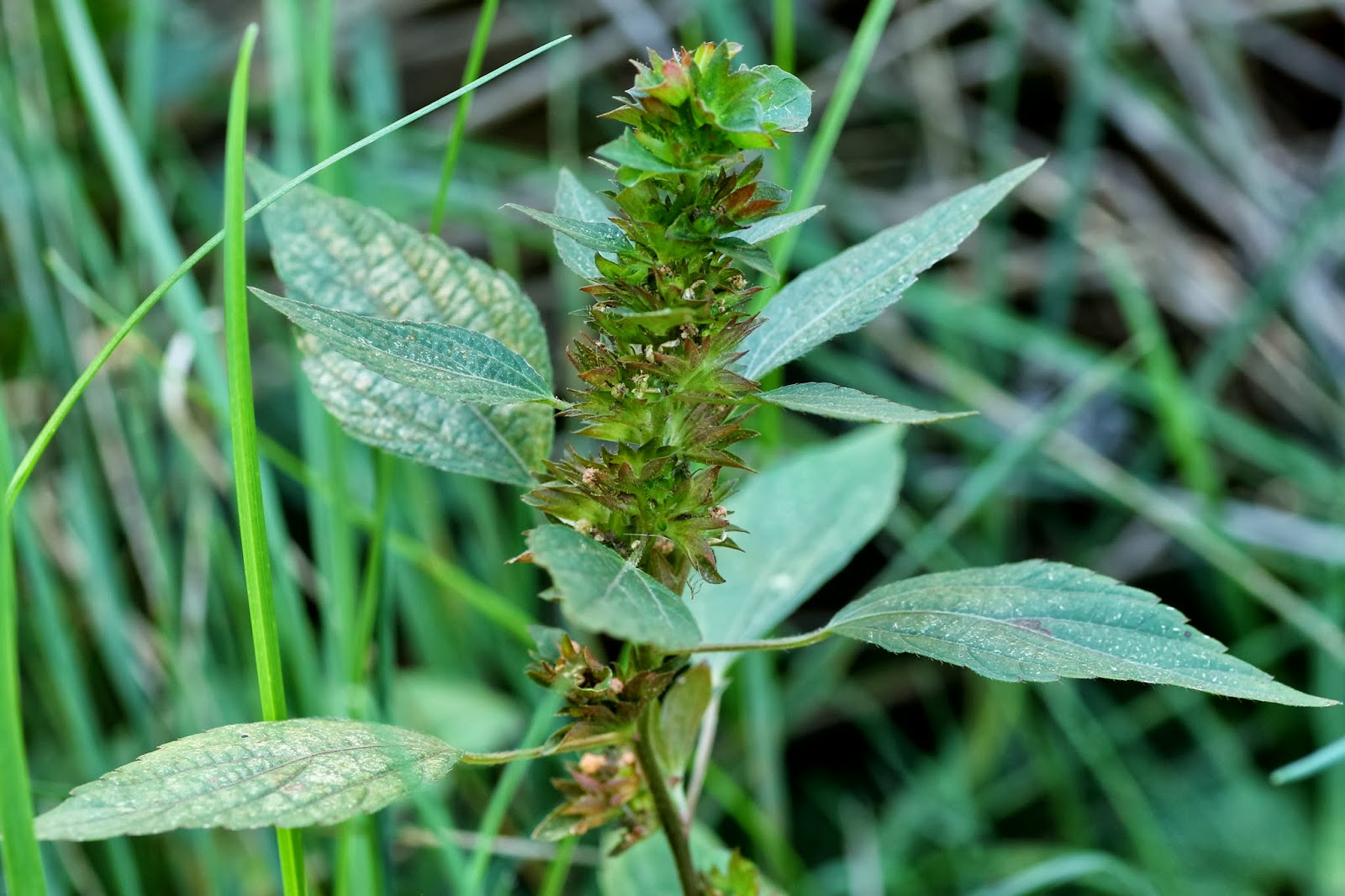

Plant Care & Gardening Tips
Where Is The Three-Seeded Mercury Plant Native To
Modified: January 4, 2024
Discover the native habitat of the three-seeded mercury plant and get expert plant care and gardening tips to help it thrive in your garden. Learn more about this fascinating plant species.
(Many of the links in this article redirect to a specific reviewed product. Your purchase of these products through affiliate links helps to generate commission for Storables.com, at no extra cost. Learn more)
**
Introduction
**
Welcome to the fascinating world of the three-seeded mercury plant! This remarkable species, scientifically known as Acalypha virginica, is a herbaceous annual plant that belongs to the Euphorbiaceae family. Its intriguing name, "three-seeded mercury," is derived from the unique appearance of its seeds, which resemble tiny, glistening pearls. In this article, we will embark on an enlightening journey to discover the origins, characteristics, and significance of this captivating plant. Whether you are an avid gardener, a nature enthusiast, or simply curious about the wonders of the natural world, join us as we delve into the intriguing realm of the three-seeded mercury plant. Let's explore its native habitat, distinctive features, and the valuable role it plays in the ecosystem. Get ready to unearth a wealth of knowledge about this enchanting botanical treasure!
**
Key Takeaways:
- The three-seeded mercury plant, native to North America, thrives in diverse habitats and adds natural elegance to gardens with its vibrant foliage and unique, glistening seeds.
- This resilient plant contributes to biodiversity, offers ornamental charm, and holds potential historical significance, inspiring curiosity and admiration among nature enthusiasts.
Read more: Where Is The Snake Plant Native To
Description of the Three-Seeded Mercury Plant
**
The three-seeded mercury plant is characterized by its slender, erect stems that can reach heights of up to 3 feet. Its leaves are alternate, toothed, and ovate to lanceolate in shape, showcasing a vibrant green hue that adds a touch of natural elegance to any landscape. The plant produces inconspicuous flowers that form on long, slender spikes, adding a delicate charm to its overall appearance. These flowers, which typically bloom from late spring to early fall, possess a subtle greenish coloration, blending seamlessly with the foliage.
One of the most captivating features of the three-seeded mercury plant is its unique seeds. As the name suggests, each seed capsule contains three small, glossy seeds that exhibit a mesmerizing iridescence when caught in the sunlight. This distinctive trait not only contributes to the plant’s visual allure but also serves as a fascinating point of interest for botanical enthusiasts.
When it comes to cultivation, the three-seeded mercury plant thrives in well-drained soil and is known for its adaptability to various soil types, including sandy, loamy, or clay soils. It favors locations with ample sunlight, making it an excellent addition to sunny garden beds, borders, or naturalized areas. This resilient plant is relatively low-maintenance, making it an appealing choice for both experienced and novice gardeners.
**
Distribution of the Three-Seeded Mercury Plant
**
The three-seeded mercury plant is native to North America, where it graces the landscape with its natural splendor. Its distribution spans across various regions, including the eastern United States, where it can be found flourishing in states such as Virginia, Florida, and Texas. This native range exemplifies the plant’s adaptability to diverse climates and showcases its ability to thrive in different ecological niches.
Within its native habitat, the three-seeded mercury plant exhibits a remarkable resilience, often establishing itself in open woodlands, fields, and disturbed areas. Its presence in these environments contributes to the biodiversity of the region, playing a vital role in the intricate tapestry of native flora.
While the plant’s native range primarily encompasses North America, it has also been introduced to other parts of the world, where it continues to captivate admirers with its unique characteristics and ornamental appeal. As a result, the three-seeded mercury plant has garnered recognition beyond its original habitat, earning appreciation for its natural beauty and botanical significance.
**
The three-seeded mercury plant is native to North America, specifically in the central and eastern regions of the United States. It can be found in various habitats such as fields, meadows, and along roadsides.
Habitat and Growing Conditions
**
The three-seeded mercury plant thrives in a range of habitats, showcasing its adaptability to diverse growing conditions. Within its native range in North America, this resilient species can be found in a variety of environments, including open woodlands, meadows, and along the edges of forests. Its ability to flourish in both natural and disturbed habitats underscores its versatility and resilience in the face of changing ecological dynamics.
When it comes to growing conditions, the three-seeded mercury plant exhibits a preference for well-drained soil, where it can establish a robust root system to support its growth. While it can tolerate different soil types, including sandy or loamy soils, ensuring good drainage is essential to prevent waterlogging, which can hinder the plant’s development.
Additionally, the plant thrives in locations with ample sunlight, making it well-suited for sunny garden beds, borders, or open landscapes. Adequate exposure to sunlight is crucial for promoting healthy growth and vibrant foliage, allowing the plant to reach its full ornamental potential.
As a low-maintenance species, the three-seeded mercury plant is relatively undemanding when it comes to care and maintenance. Once established in a suitable location, it requires minimal intervention, making it an appealing choice for gardeners seeking a resilient and visually appealing addition to their outdoor spaces.
Whether cultivated in home gardens or integrated into naturalized landscapes, the three-seeded mercury plant brings a touch of natural beauty and botanical interest to its surroundings. Its adaptability, coupled with its ornamental charm, makes it a valuable asset in diverse horticultural settings, enriching the visual tapestry of gardens and natural habitats alike.
**
Importance and Uses
**
The three-seeded mercury plant holds significance in various contexts, ranging from its ecological role to its potential utility in traditional practices. Within its native habitat and beyond, this versatile plant contributes to the intricate web of natural interactions and offers potential benefits that extend to different spheres.
In its ecological capacity, the three-seeded mercury plant plays a role in supporting local biodiversity by providing habitat and food sources for various organisms. Its presence in open woodlands, meadows, and disturbed areas contributes to the overall ecosystem dynamics, enhancing the richness of native flora and providing resources for pollinators and other wildlife.
Furthermore, the three-seeded mercury plant exhibits ornamental value, making it a desirable addition to gardens, landscapes, and naturalized areas. Its slender stems, vibrant foliage, and unique seeds add visual interest and natural charm to outdoor spaces, enriching the aesthetic appeal of diverse settings. Whether incorporated into wildflower gardens, native plant landscapes, or mixed borders, this species offers a touch of botanical elegance that captivates the senses and enhances the overall beauty of its surroundings.
In traditional practices, the three-seeded mercury plant has been associated with various uses, including potential medicinal applications. While it is important to approach any potential uses with caution and consult reliable sources, historical accounts have mentioned the plant's use in traditional medicine for addressing certain ailments. As with any botanical substance, it is essential to exercise prudence and seek guidance from qualified experts when exploring potential uses in this context.
Overall, the three-seeded mercury plant holds multifaceted importance, encompassing ecological contributions, ornamental appeal, and historical significance. Its presence in natural landscapes and potential utility in traditional practices underscore its value as a botanical treasure with a rich tapestry of uses and associations. Whether admired for its natural beauty, ecological role, or historical context, this remarkable plant continues to inspire curiosity and appreciation among those who encounter it.
**
Read more: Where Is Ice Plant Native To
Conclusion
**
As we conclude our exploration of the three-seeded mercury plant, we emerge with a deeper understanding of its captivating nature and multifaceted significance. From its slender stems and vibrant foliage to its unique seeds that glisten in the sunlight, this remarkable species has left an indelible impression on the landscapes it graces and the hearts of those who encounter it.
Native to North America, the three-seeded mercury plant stands as a testament to nature’s resilience and adaptability, thriving in diverse habitats and enriching the ecological tapestry of its native range. Its ornamental appeal further enhances its allure, making it a sought-after addition to gardens, naturalized landscapes, and wildflower meadows. Whether it’s the delicate flowers that adorn its slender spikes or the iridescent seeds that capture the imagination, this plant embodies a timeless charm that resonates with admirers across different contexts.
Moreover, the three-seeded mercury plant holds potential significance in traditional practices, offering a glimpse into historical uses and associations that add depth to its botanical narrative. While its ecological contributions and ornamental value are readily apparent, its historical context provides an additional layer of intrigue, inviting exploration into the diverse roles that plants play in human culture and tradition.
As we bid farewell to our exploration of the three-seeded mercury plant, let us carry forward a renewed appreciation for the natural wonders that grace our world. Whether encountered in the wild or cultivated in our own outdoor spaces, this captivating plant serves as a reminder of the beauty, resilience, and interconnectedness of the natural world. May its presence continue to inspire curiosity, admiration, and a sense of wonder, inviting us to delve deeper into the enchanting realm of botanical treasures that enrich our lives and our planet.
Frequently Asked Questions about Where Is The Three-Seeded Mercury Plant Native To
Was this page helpful?
At Storables.com, we guarantee accurate and reliable information. Our content, validated by Expert Board Contributors, is crafted following stringent Editorial Policies. We're committed to providing you with well-researched, expert-backed insights for all your informational needs.
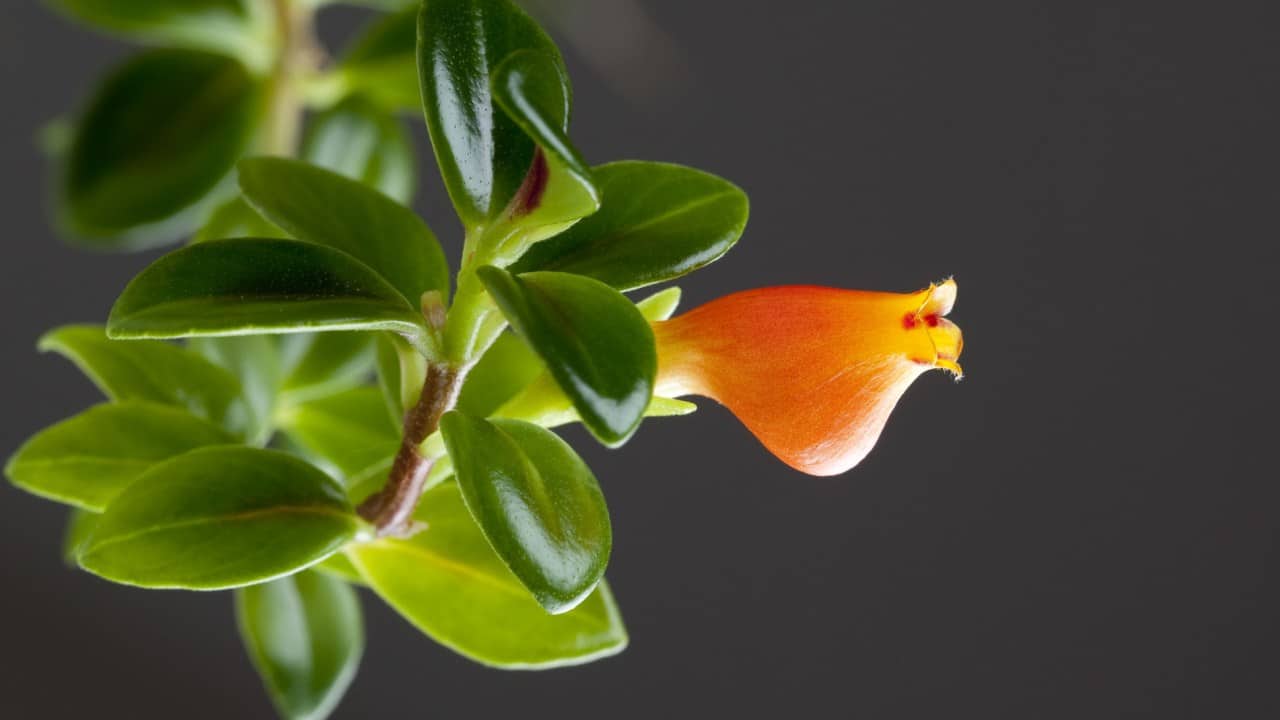
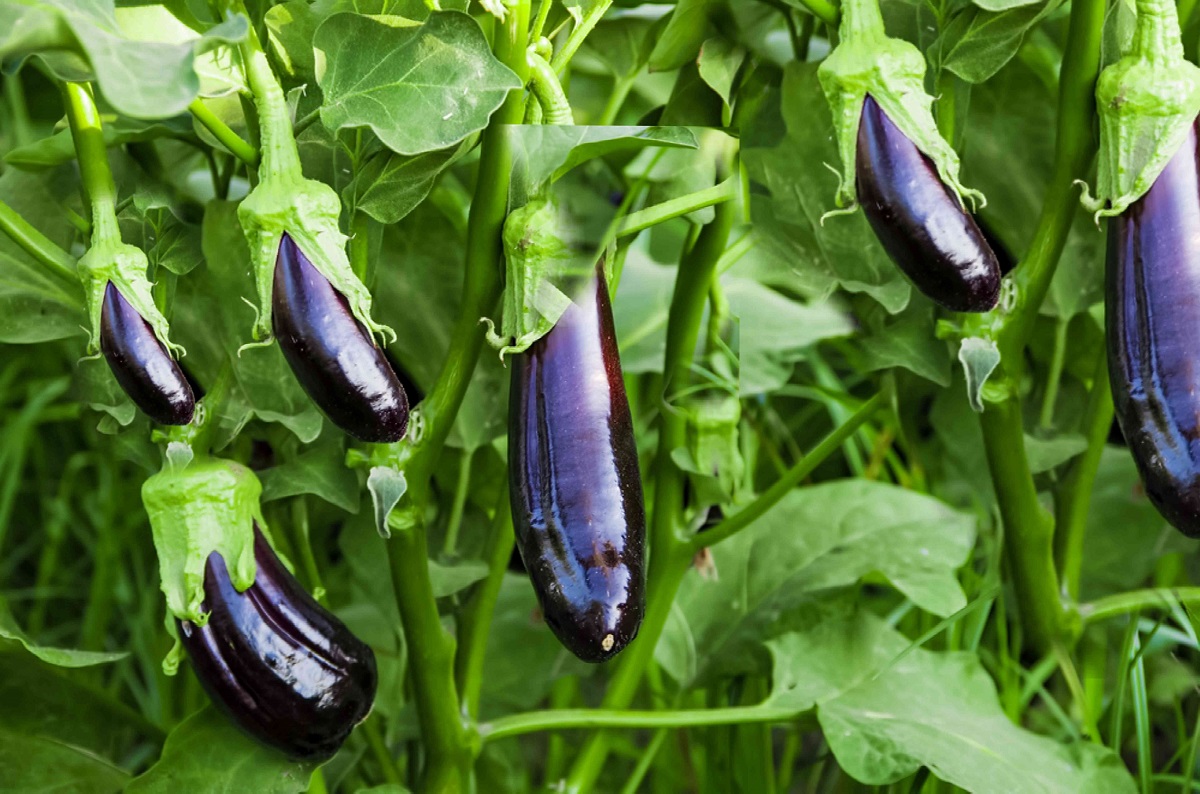
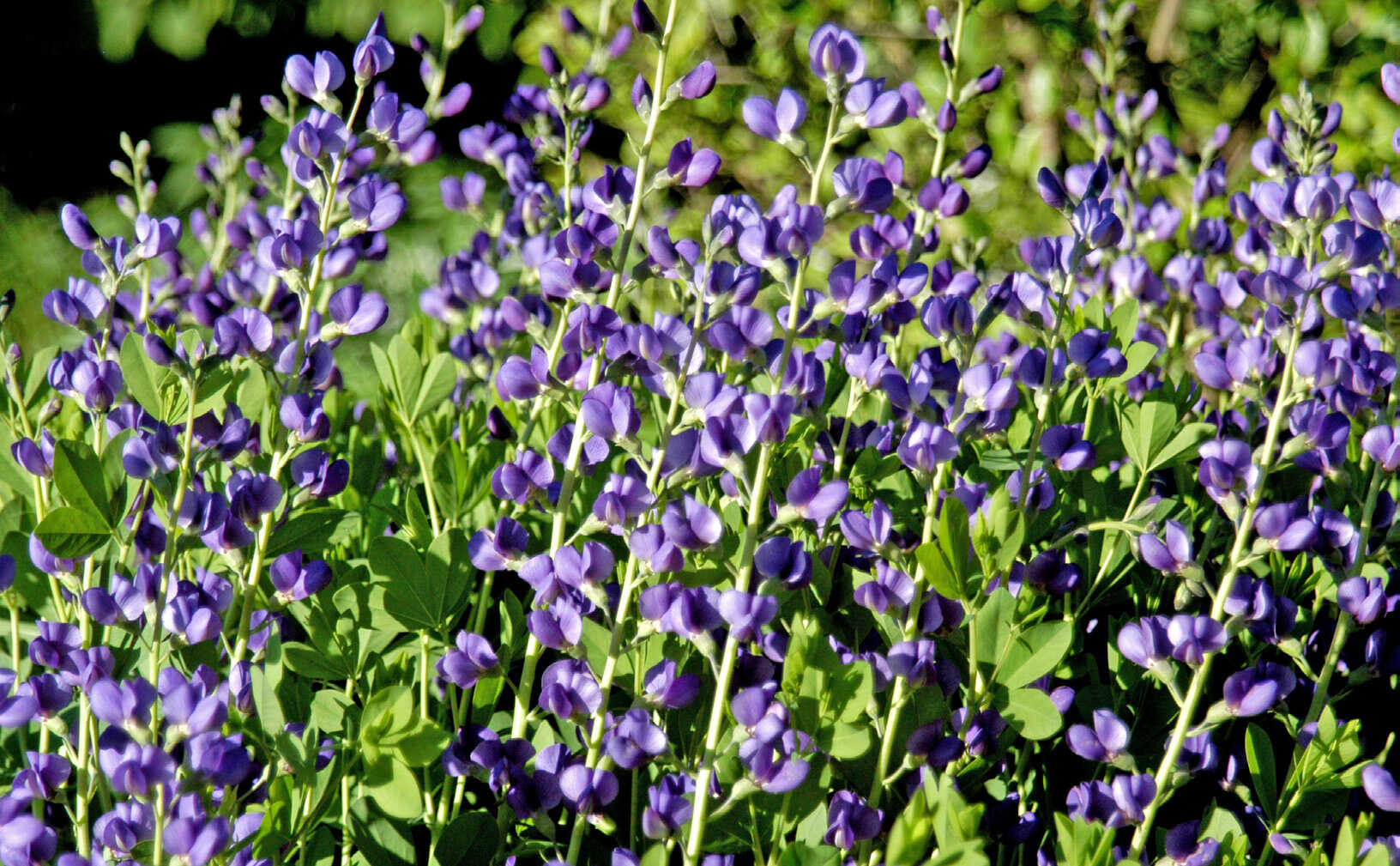
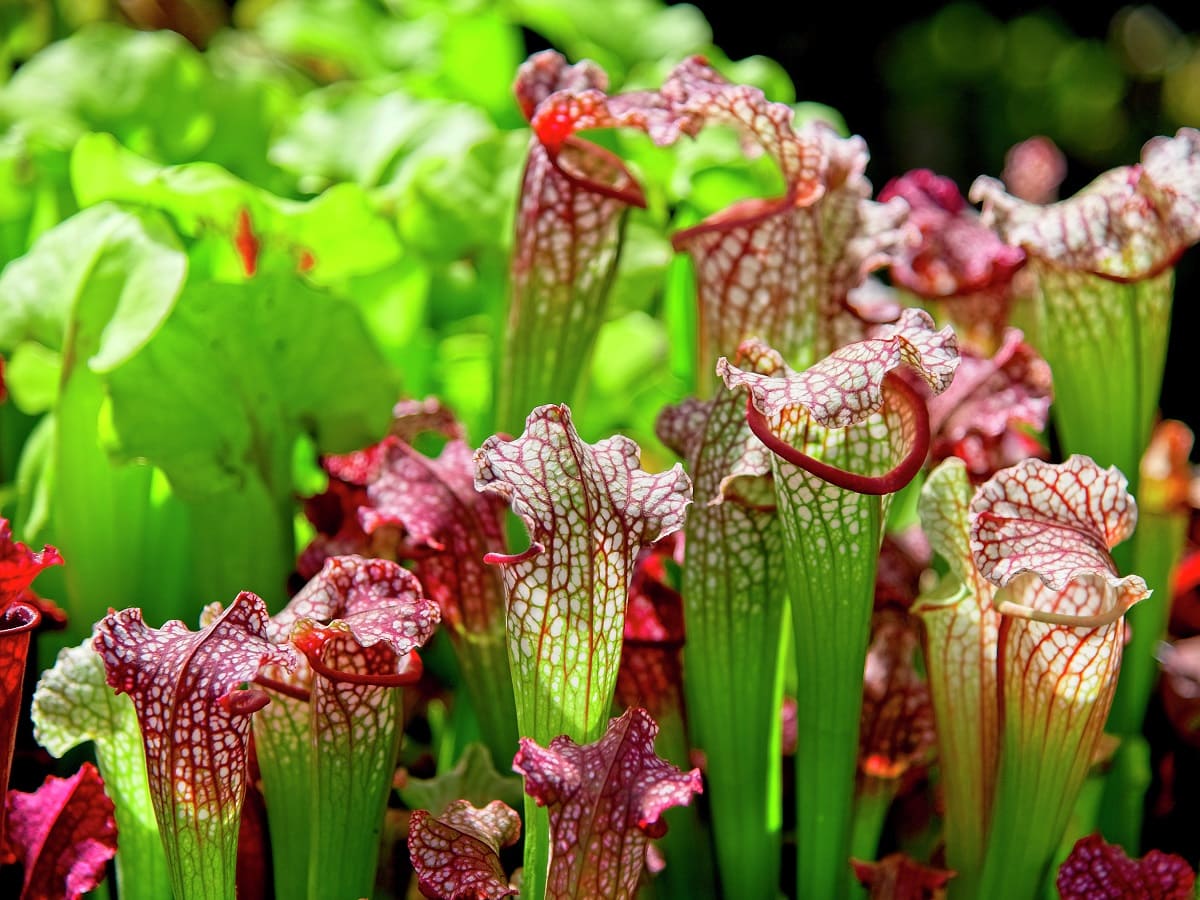
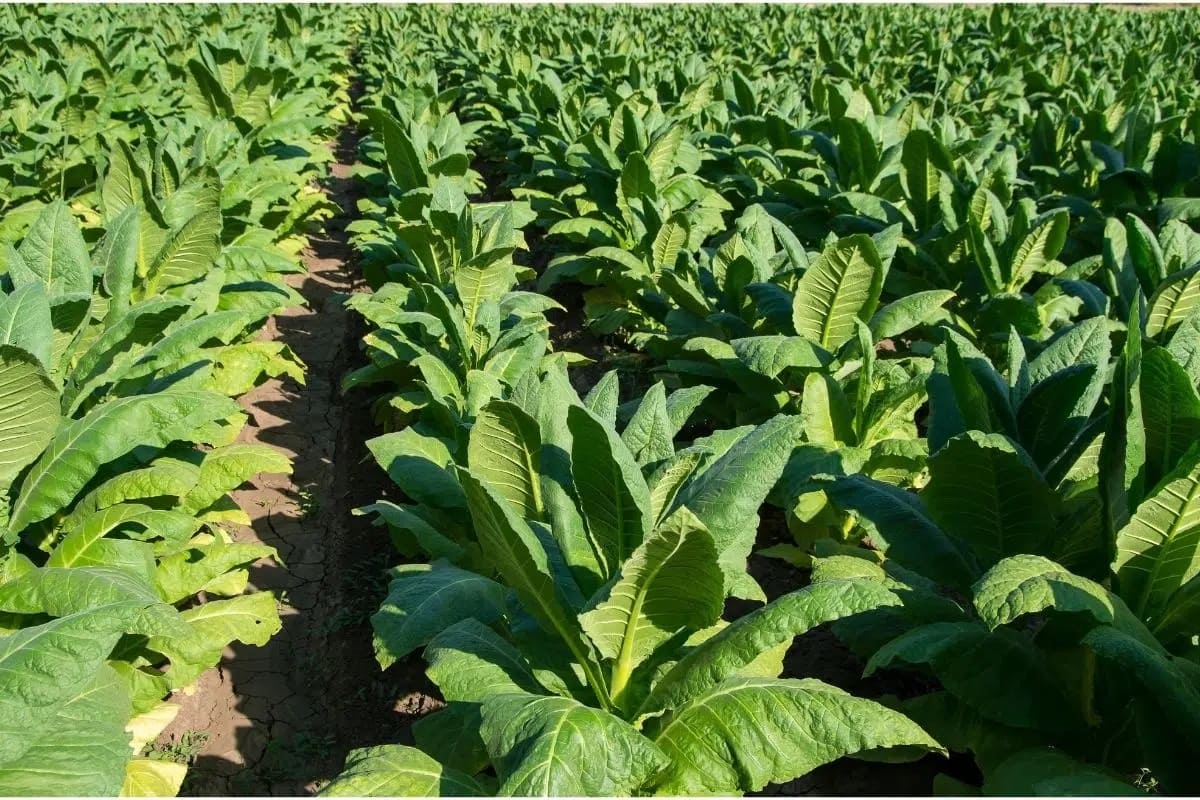
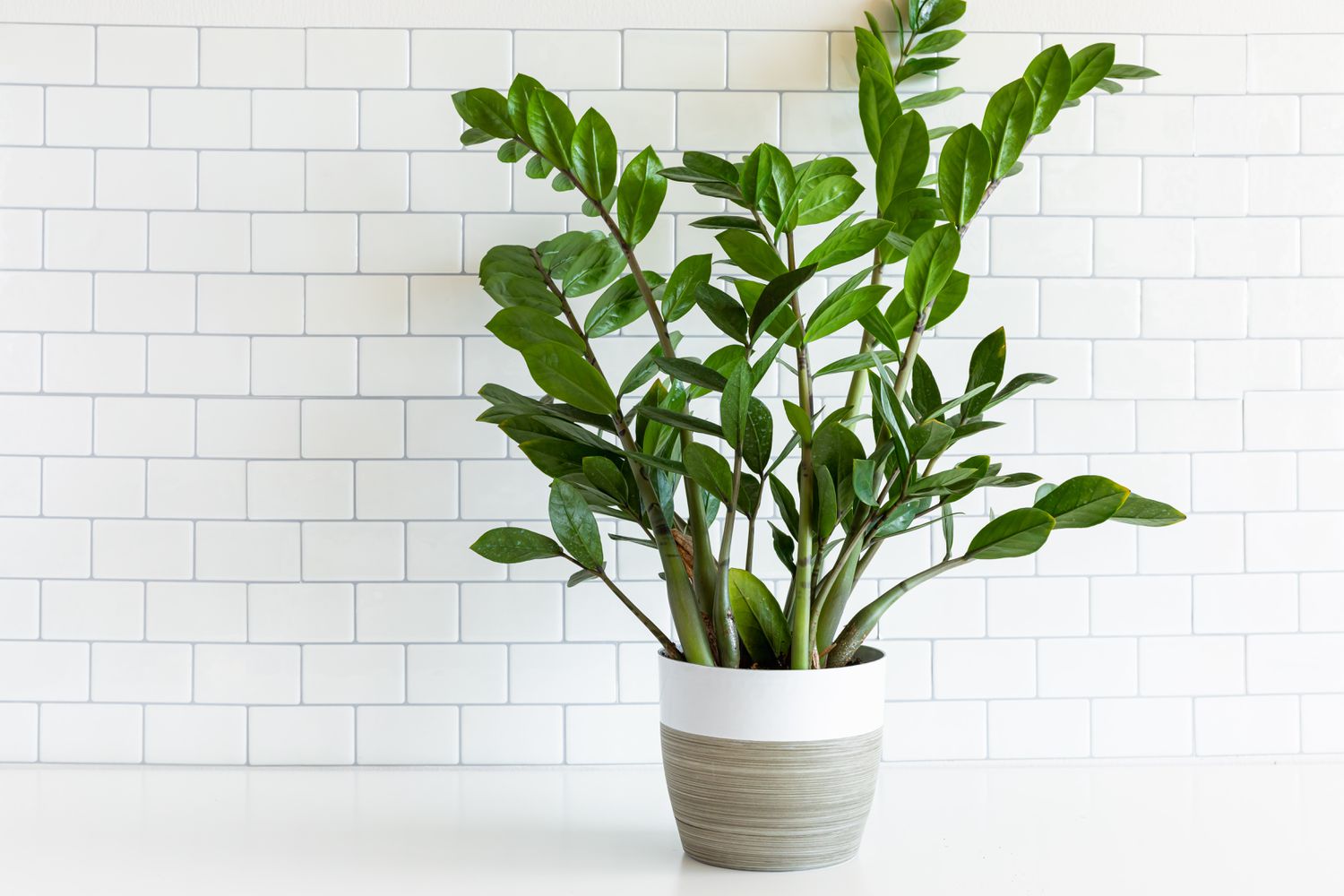
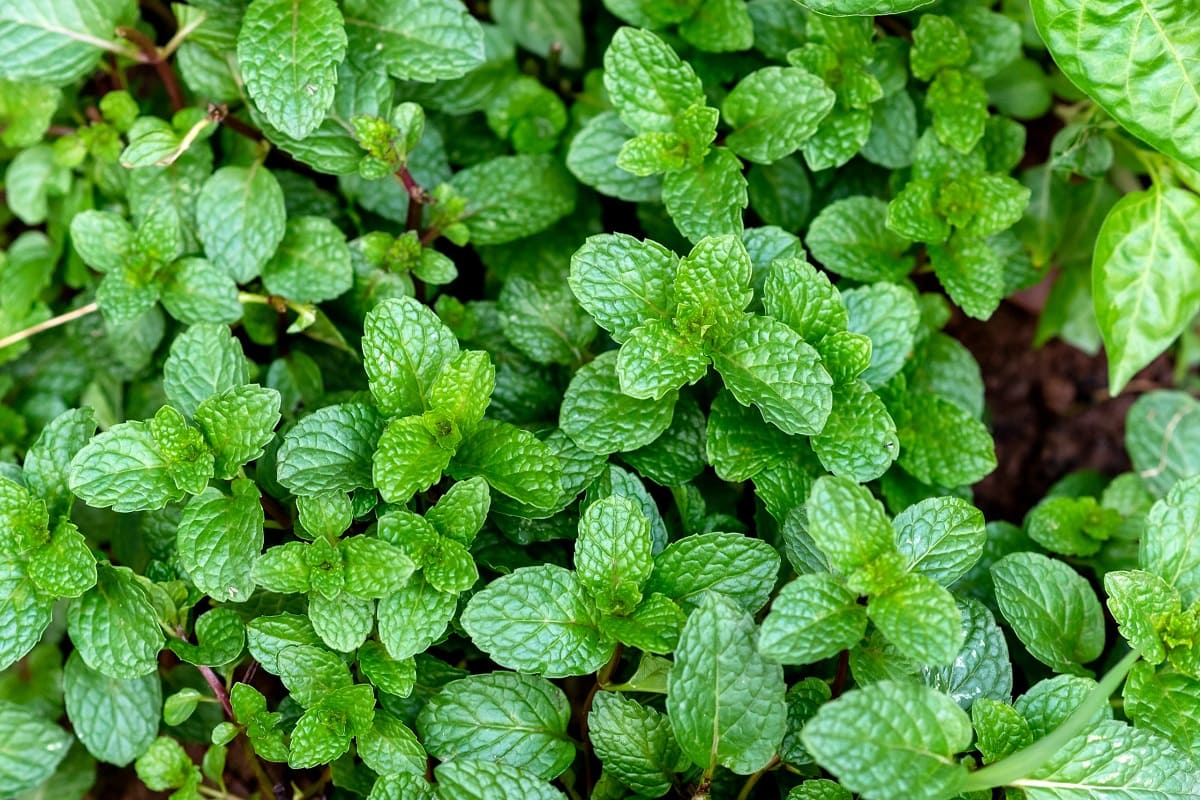

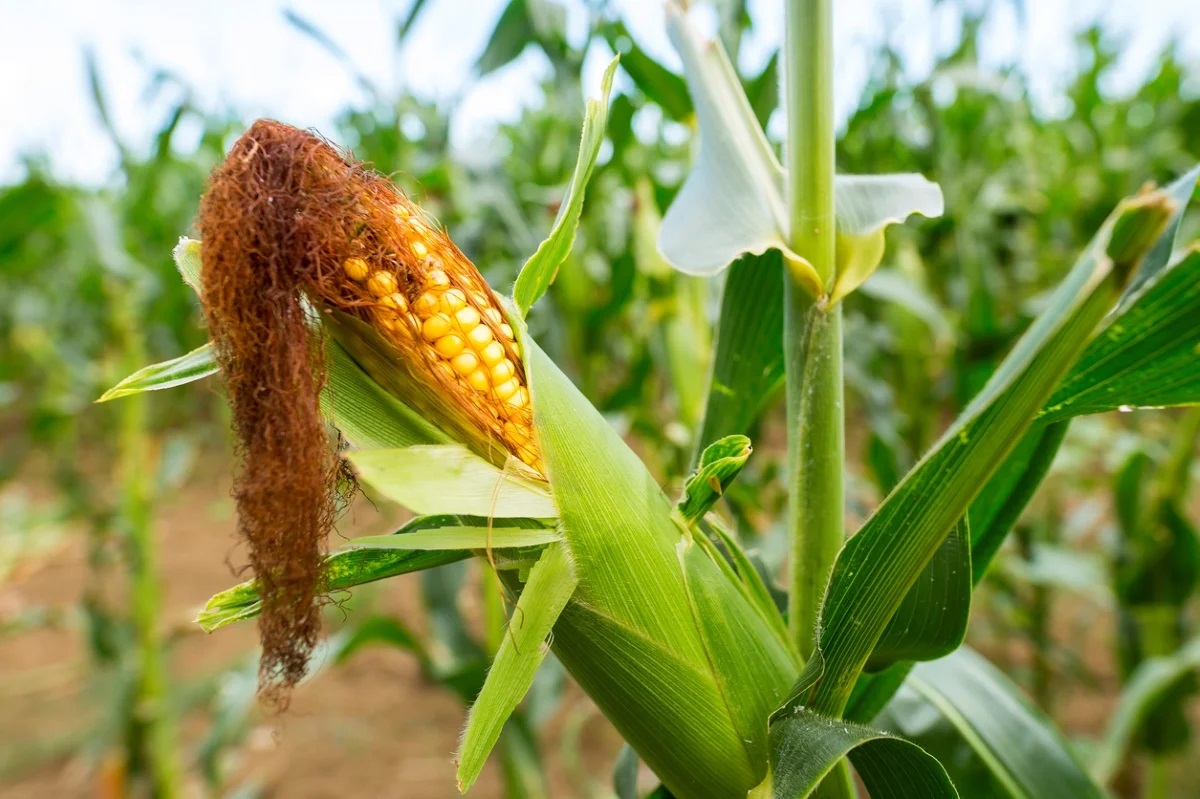
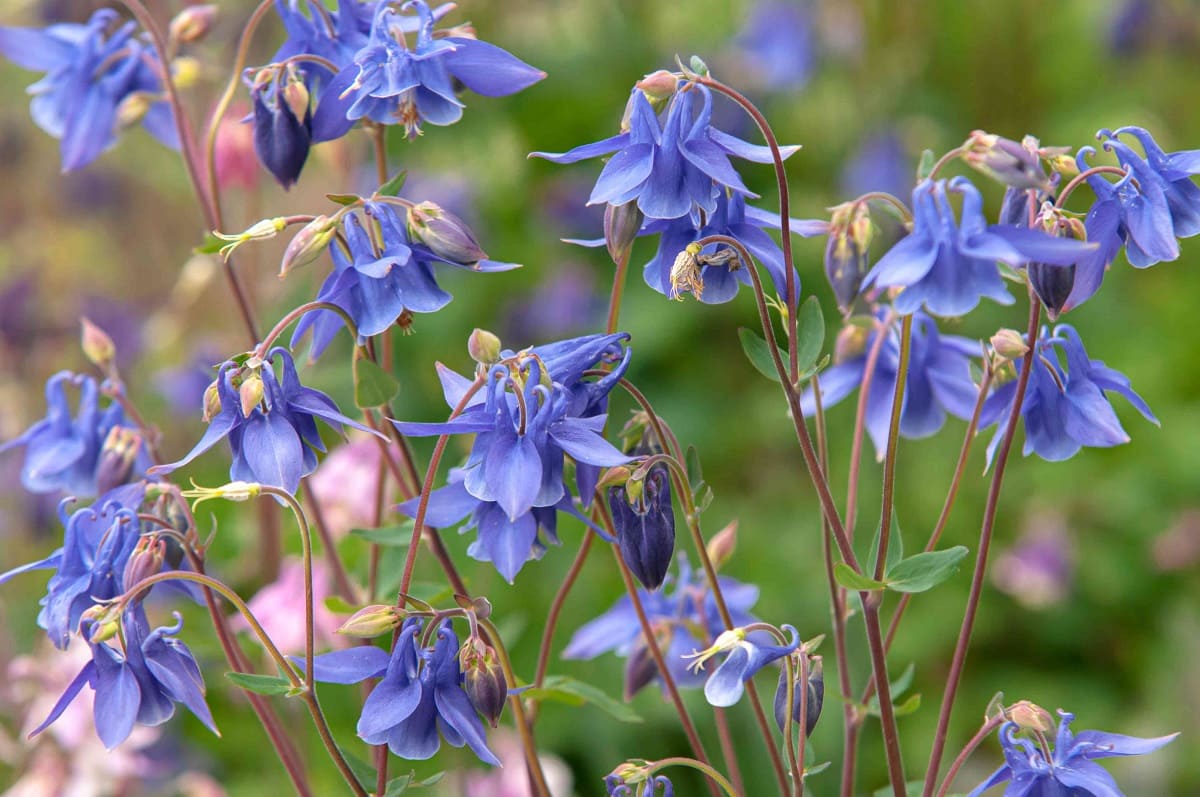
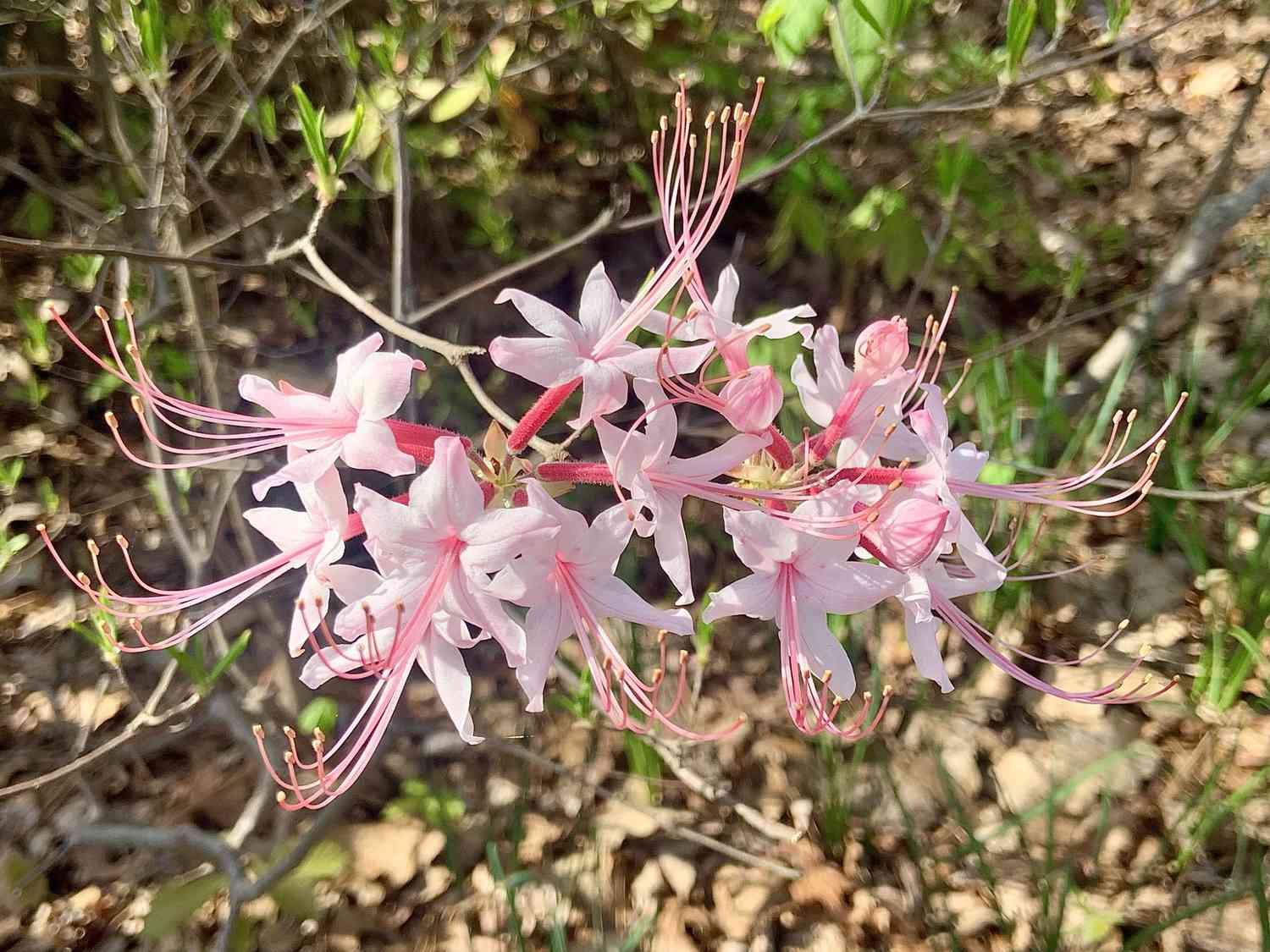
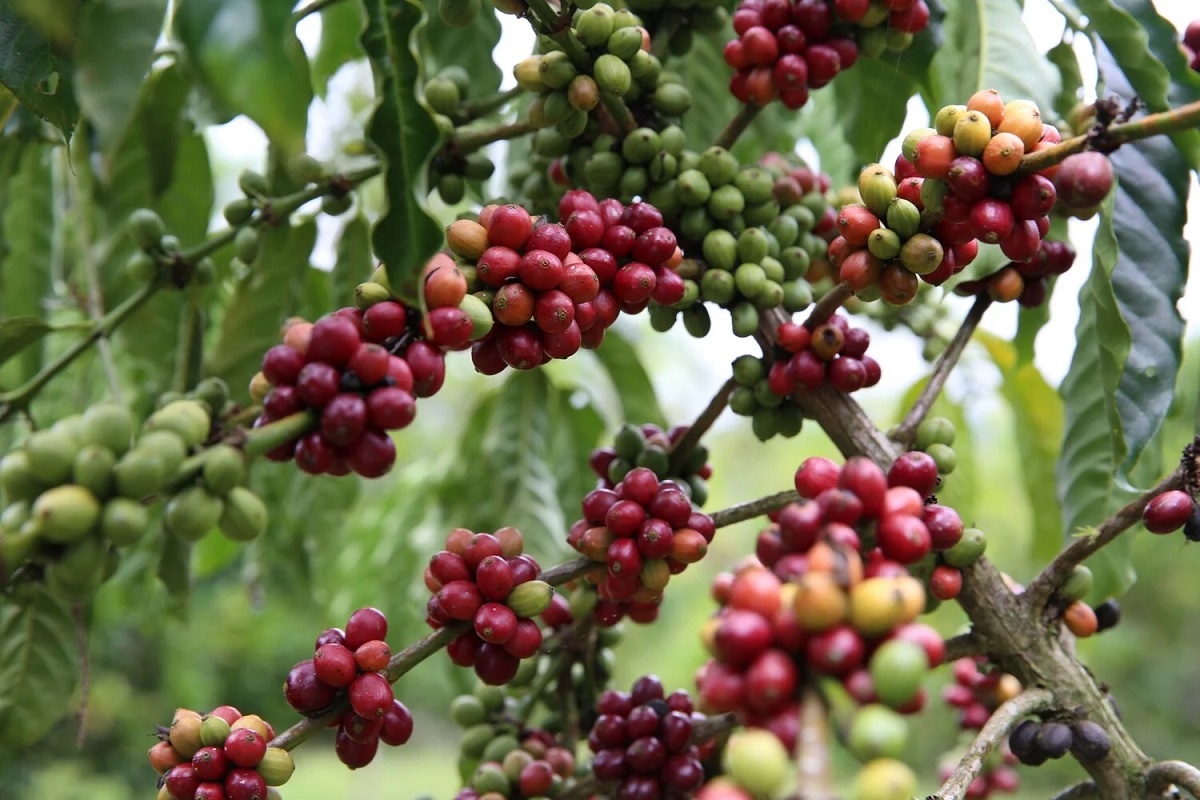

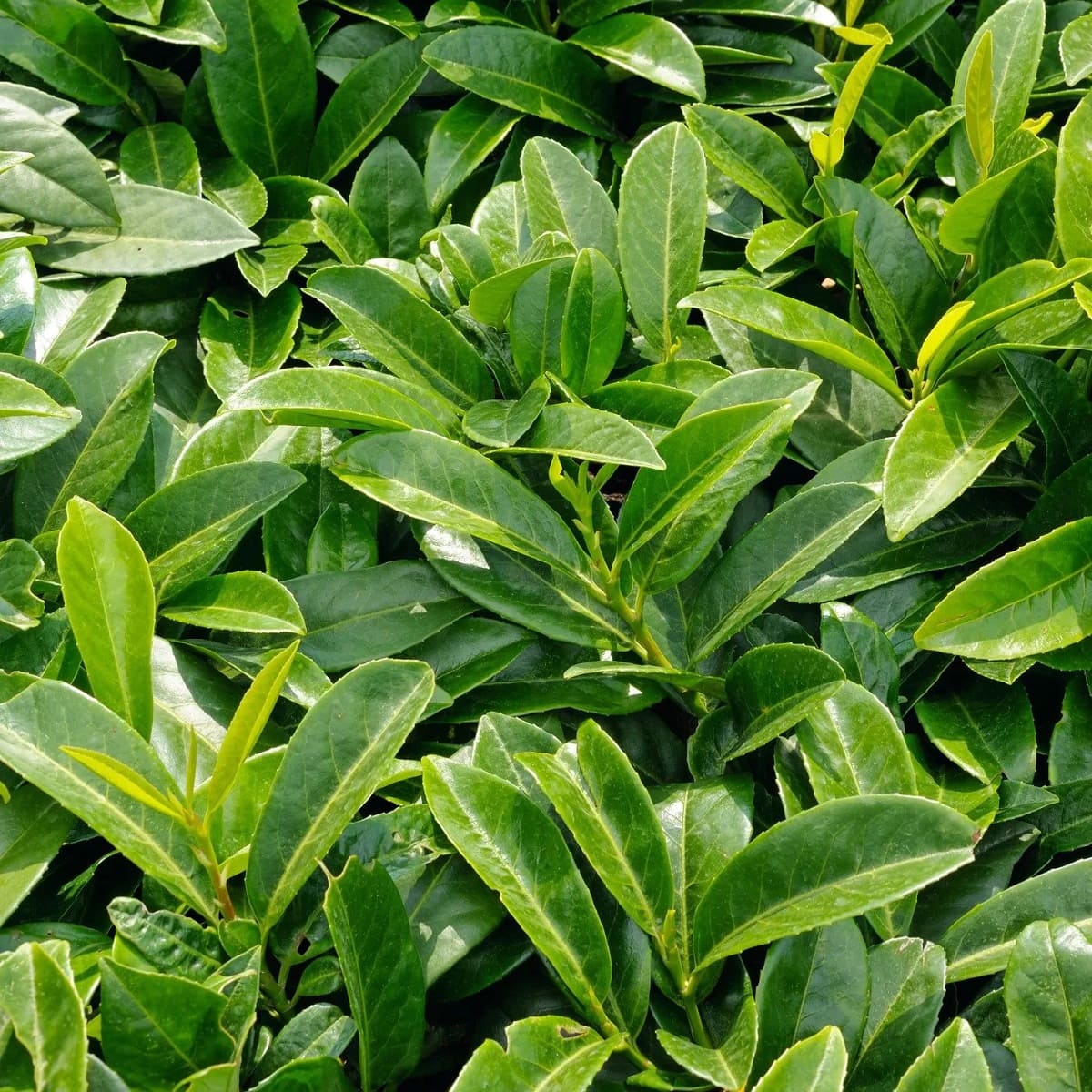

0 thoughts on “Where Is The Three-Seeded Mercury Plant Native To”